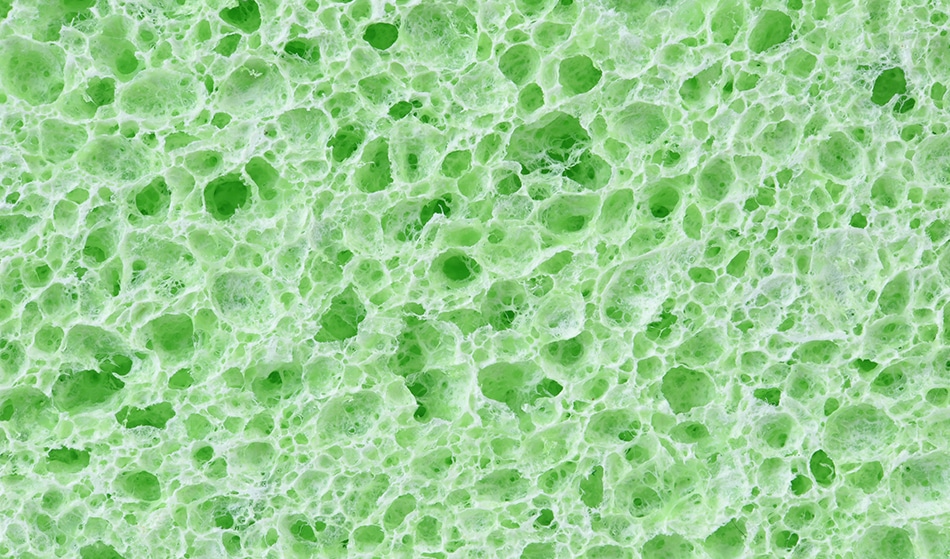In an attempt to create stronger fabrication materials, scientists have been focusing on nanoscale structures found in nature, and one particular team recently announced the development of a material based on cellulose that is stronger than steel.
The Swedish research team behind the announcement said their material is stronger than any other artificial material that has been inspired by nature.
The bio-based nanocellulose fibers fabricated here are eight times stiffer and have strengths higher than natural dragline spider silk fibers, generally considered to be the strongest bio-based material. The specific strength is exceeding that of metals, alloys, ceramics and E-glass fibers.
Daniel Söderberg, Study Author & Researcher at KTH Royal Institute of Technology
While the field of materials science has been making big strides in recent years, scientists are still behind nature when it comes to making super-strong materials. Lately, researchers have been focusing on the strength of nanoscale structures of natural materials with the expectations that it will lead to the creation of strong macro-scale structures. The nanoscale composition of cellulose nanofibrils (CNFs) has provided a significant amount of inspiration for these research efforts. However, inadequate adhesion and un-aligned pieces have kept scientists from realizing the potential of cellulose-inspired materials.
In this latest research, published in the journal ACS Nano, scientists utilized a flow-assisted assembly process to arrange CNFs in a near-perfect alignment inside macroscale fibers. The process involved manipulating the flow of nanofibres suspended in millimeter-wide channels of water. Linking flows of deionized water and low-pH water supported the alignment of the nanofibres in the desired direction and allowed supramolecular interactions between CNFs that led to organized well-packed structures.
“This discovery is made possible by understanding and controlling the key fundamental parameters essential for perfect nanostructuring, such as particle size, interactions, alignment, diffusion, network formation and assembly,” Söderberg said.
 Image credit: Flegere/Shutterstock
Image credit: Flegere/Shutterstock
The researchers noted that the weakest fiber they created was stronger than CNF fibers reported in other previous studies. Furthermore, the macroscale fibers were stronger than other current materials, such as steel, that are known for their strength.
The scientists said their novel material might be attractive for many load-bearing purposes, like auto and bike construction, in addition to high-performance medical implants. They added that their process paves the way for creating nanofibre material that can be used for the creation of bigger structures while holding onto the nanofibres’ tensile strength and capacity tolerate mechanical load. The production method may also be used to regulate the nanoscale construction of carbon tubes and other strong nanoscale fibers.
Currently, the KTH team is looking to overcome challenges related to scaling up their production process, including how to increase process speed, dry the fibers and simplify their overall method.
In addition to using cellulose as inspiration, material scientists have also looked to spider silk. This natural material is more resilient than steel, amazingly light and very elastic. These qualities give it enormous potential, not just for clothing, but also for structural and medical purposes. Some efforts to create artificial spider silk use genetically modified E. coli or yeast cells to create spider silk proteins via fermentation. The resulting material is then spun by replicating the actions of a spider's spinneret.
Another recently-published study from KTH researchers described the creation of robust fibers that were made from both cellulose and spider silk. The researchers noted that cellulose is much cheaper and more sustainable than spider silk. By combining the two materials at the nanoscale level, the researchers were able to produce a biofunctional fiber that could be used for a wide range of medical purposes.
"The strength of the fiber is significantly better than any man-made, silk-based material to our knowledge, and on the same level as what can be found in nature from spiders," said Söderberg, who was also a part of this particular study.
Disclaimer: The views expressed here are those of the author expressed in their private capacity and do not necessarily represent the views of AZoM.com Limited T/A AZoNetwork the owner and operator of this website. This disclaimer forms part of the Terms and conditions of use of this website.